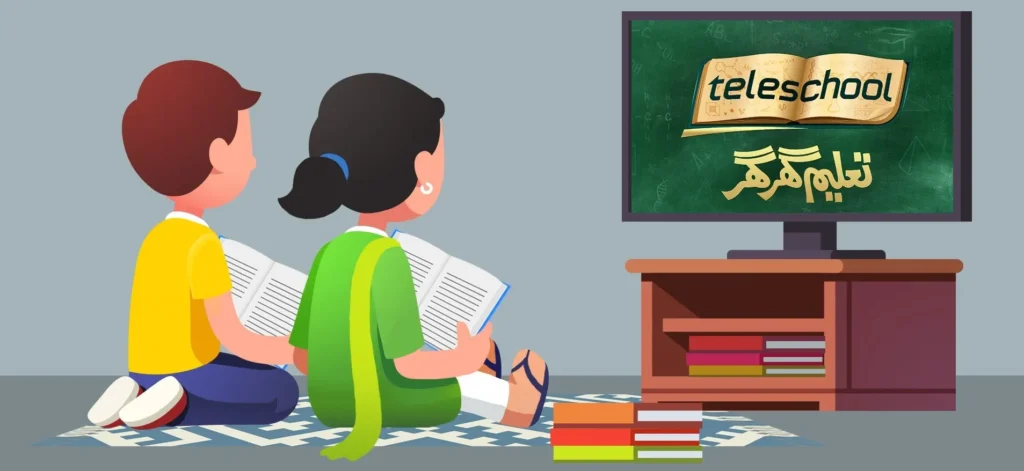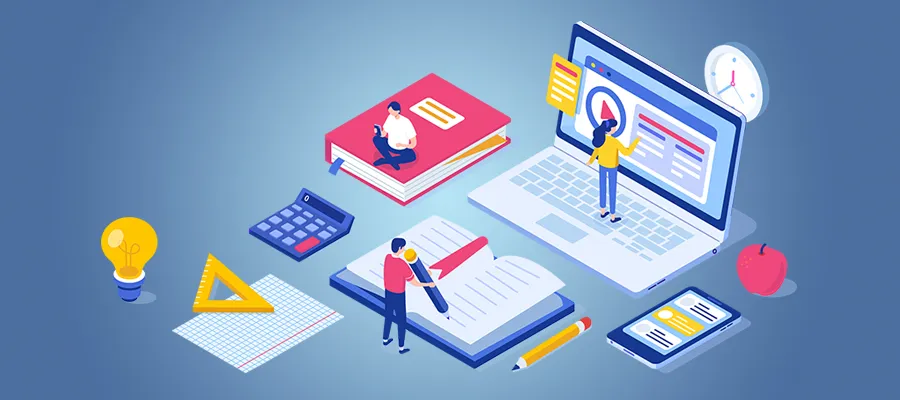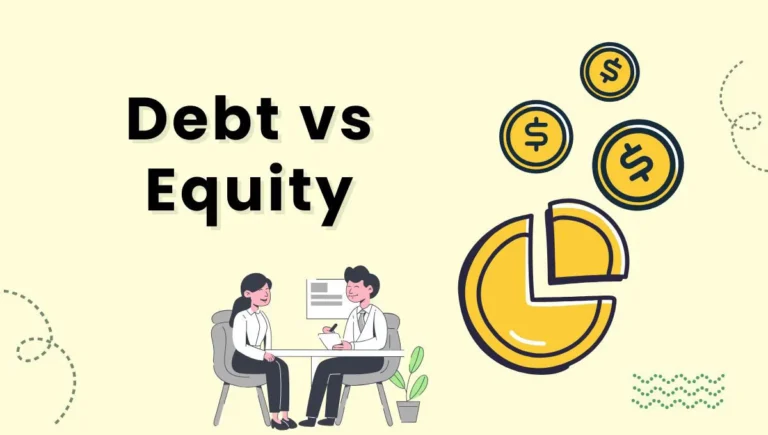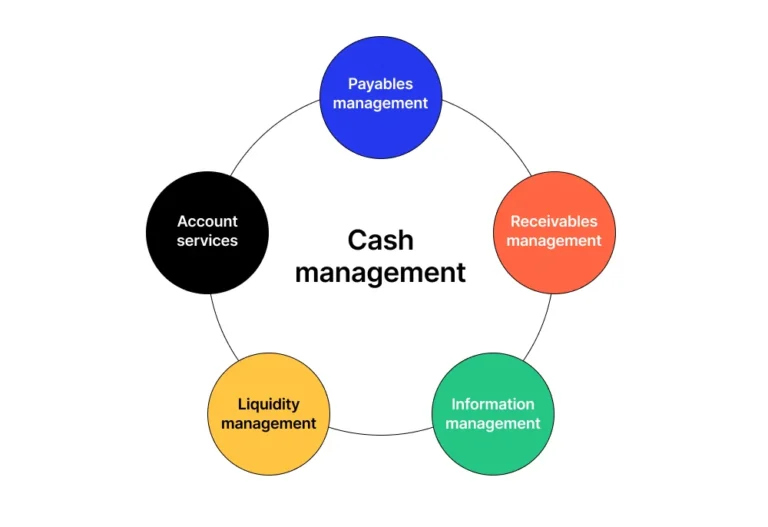Indeed, the education sector is one of the most affected by this pandemic because it influences almost everything in life nowadays all around the world. Challenges in the education system for a country like Pakistan were already there, but the pandemic somehow provided the world with an open door to these existing inequities while establishing new ones. The Changing Landscape of Pakistan’s Education System: Exploring the Impact of COVID-19 Type: string Content: This article covers positive and negative aspects through which COVID-19 has affected Pakistan’s education system and how institutions and schools react to the change.

1. Educations Business Disrupted
For the first time, this occurred in Pakistan when in March 2020 all the institutions had to shut down to limit this virus. Before that, the pandemic, UNESCO reportedly marked out more than 22 million children in Pakistan leaving schools. School closures displaced an even greater number of students from classroom learning- near about 40 million students. This caught the educators as well as the learners quite by surprise. Overnight, overnight brought this little flaw to the almost impenetrable teaching paradigm.
2. Transitioning to E-learning
On the other side of the divide, Pakistan had no qualms about embracing e-learning as one step that reduced the dislocation process. The government started initiatives, such as the TeleSchool channel as a distance education initiative targeted toward reaching out to students all over. The transition, however revealed the fact that the country had an immense digital divide. Millions of students from rural areas were barred from sitting in their homes for an online class since only 36% of the population had access to the internet.
Challenges Successful Online Learning
No Internet:
Bad internet connectivity did not allow the students to attend classes in some of the remote areas.
No Digital Devices:
All houses of this society, particularly the poor could not afford to buy those devices to attend online lectures and correspond through e-mails, etc.
Teacher Preparedness:
Teachers were neither trained nor prepared for such a shift from face-to-face teaching and thus were giving an inappropriate learning experience.

3. Widening of Educational Inequalities
The pandemic deepened the existing inequalities of the education system. Urban districts and well-funded private school students were better adept at adapting into online instruction than students coming from underfunded public schools. However, girls were more significantly affected than boys due to the closing of schools and a despatch of limited technology.
4. The mental health impact, however and the learning loss that resulted?
The long closure of schools had serious mental effects on students. Children began to feel lonely, anxious, and insecure. Besides that, the interruption of school education caused serious gaps in knowledge since most of them moved backwards in elementary areas like mathematics and science.
5. Schools in Financial Crisis
A significant portion of the education sector of Pakistan, that is private schools, were left cash-starved. The financial crisis had engendered so many circumstances wherein parents had no option but to forgo their tuition fee for their children, thus forcing many schools into permanent closure. This further diluted the already limited capacity of schools.
6. Ideas — Response Creatively to Crisis
However, this crisis had a latent booster for innovation and grit within the Pakistan education system:
The Digital Platforms: The newer EdTech start-ups of the lot like Sabaq and Taleemabad catered to the needs of locals by means of digital solutions for learning in education.
Wherever internet was limited or inaccessible, classes started off through the initiative of the teachers, volunteers, members of society and NGOs, to not drop education completely.
We applied data from the summer months September-October 2023 and observed how things went in: When reopening schools in the month of September-October 2023, it was a collaboration with state government and international aid organizations like UNICEF, and the World Bank for consultations on policy-making related to reopening schools and remedial programs.

7. Lessons learned and way forward
This is the moment when the COVID-19 crisis has unwound the education crisis in Pakistan and translated that into reforms in the education system. The main takeaways are as follows:
Balancing Digital Inequities: There needs to be sufficient internet connectivity and affordable digital tools for effective delivery of education to all and sundry.
Teacher Preparedness: The training skills required of teachers by including such skills that can be put to practice both in the online and the hybrid environment too.
Mental Wellbeing: The education system includes the component of mental wellbeing thus proving to be a boon against psychological effects that students face due to the COVID-19 Pandemic.
It needs to spend more in the area as much the good placed in investment in infrastructure done in public education, fewer students go to private schools and better is its quality.
Pakistani Education System: Covid-19 proved to be a wake-up call for the education sector of Pakistan with its inequities exposed and vulnerabilities to the pandemic. But more importantly, it also became a call to rethink and reform the system so that it was more resilient, inclusive, and better placed to be able to respond to shocks from the future. Pakistan can leverage this crisis into an accelerator of progress in education, by closing the digital divide, investing in teacher professional development, and focusing on mental health.

FAQs
1. What is the difference that COVID-19 makes to education, including that of Pakistan?
COVID-19 revolutionizes the traditional school system by closing schools and sending them online. In the process, problems like the digital divide, nonavailability of the Internet, and inequality in the quality of education arose.
2. What were the most difficult problems for students during the pandemic?
The students faced many problems such as the unavailability of digital devices, bad connectivity, mental health problems, and extreme learning loss due to the prolonged closure of schools.
3. How did the Pakistani government respond to the education crisis?
The government took a reaction by introducing the TeleSchool channel and joined hands with EdTech platforms for distance learning solutions. The government also proposed the opening of schools safely and on a larger scale with remedial education.
4. How did technology intervene in the education sector during the COVID-19 pandemic?
In most cases, the pandemic, technology was one of the most relevant learning avenues through digital platforms, while there is still a gap that has been bridged but not at par, which is largely based on geographical and socio-economic lines.
5. How would the education sector in Pakistan present differently post-Covid-19?
That in a way so much would be to make the system more equitable and resilient; for example, cover the digital divide, improve our teacher training infrastructure, integrate mental health supports-that to me is priorities.







